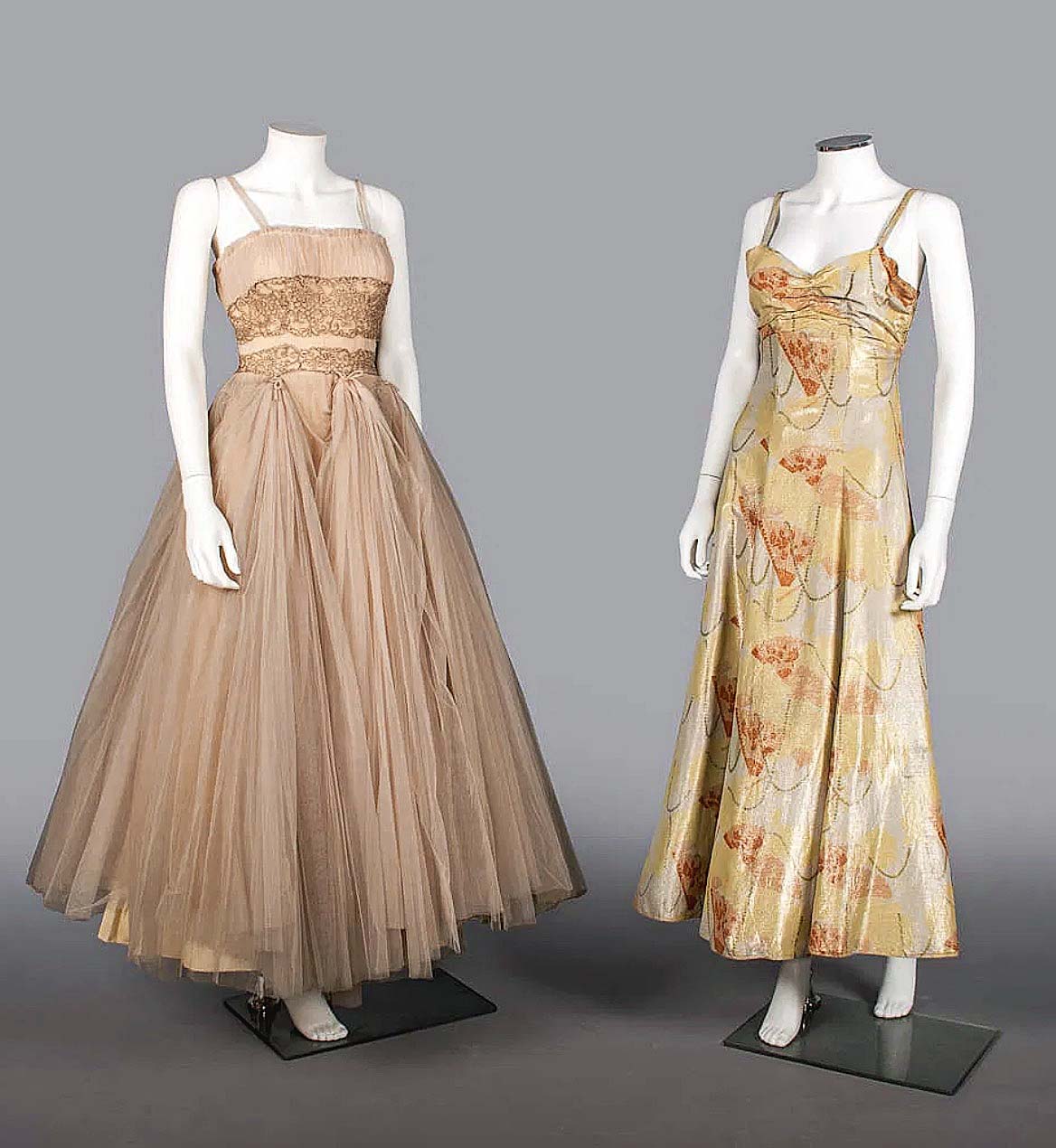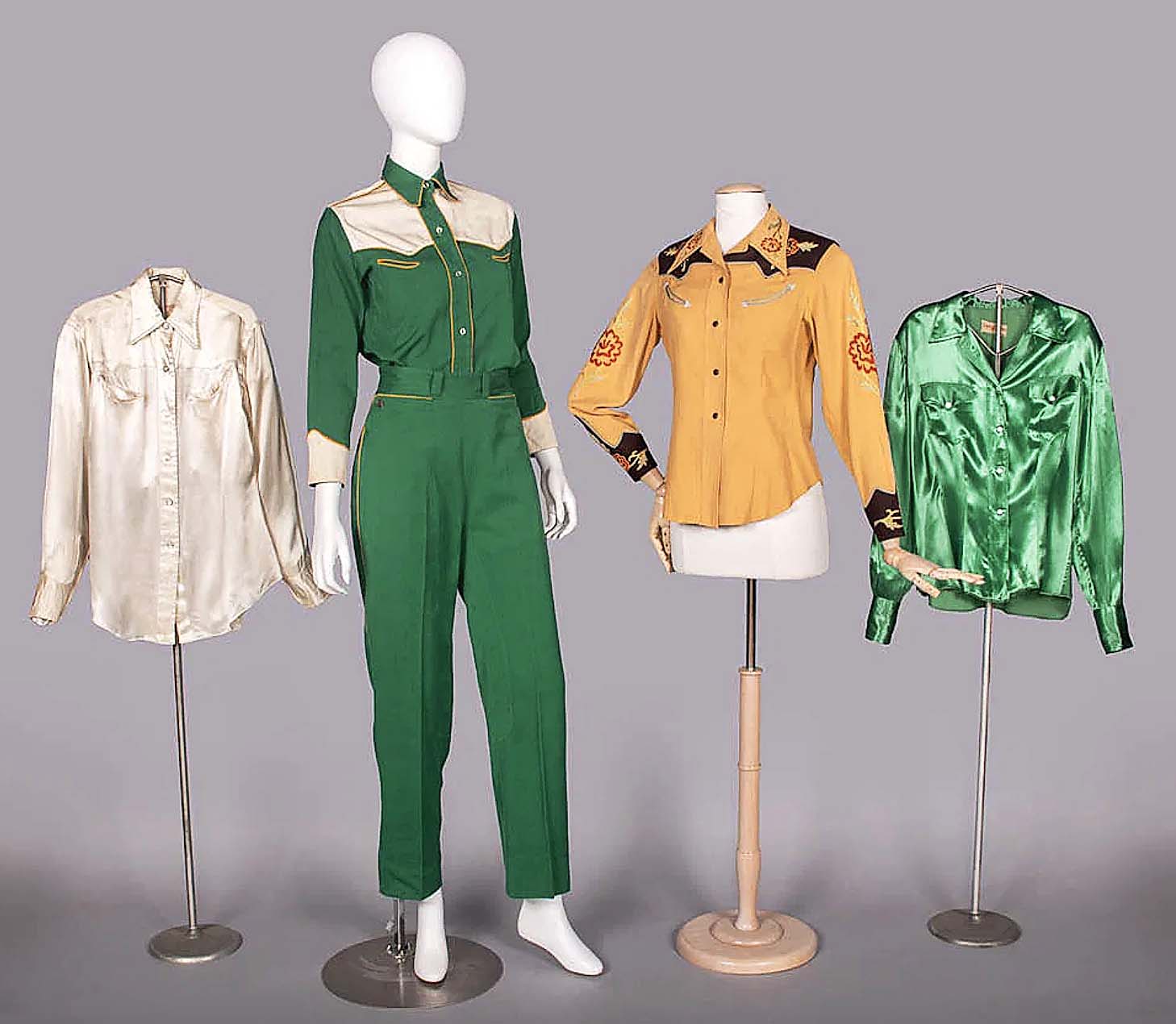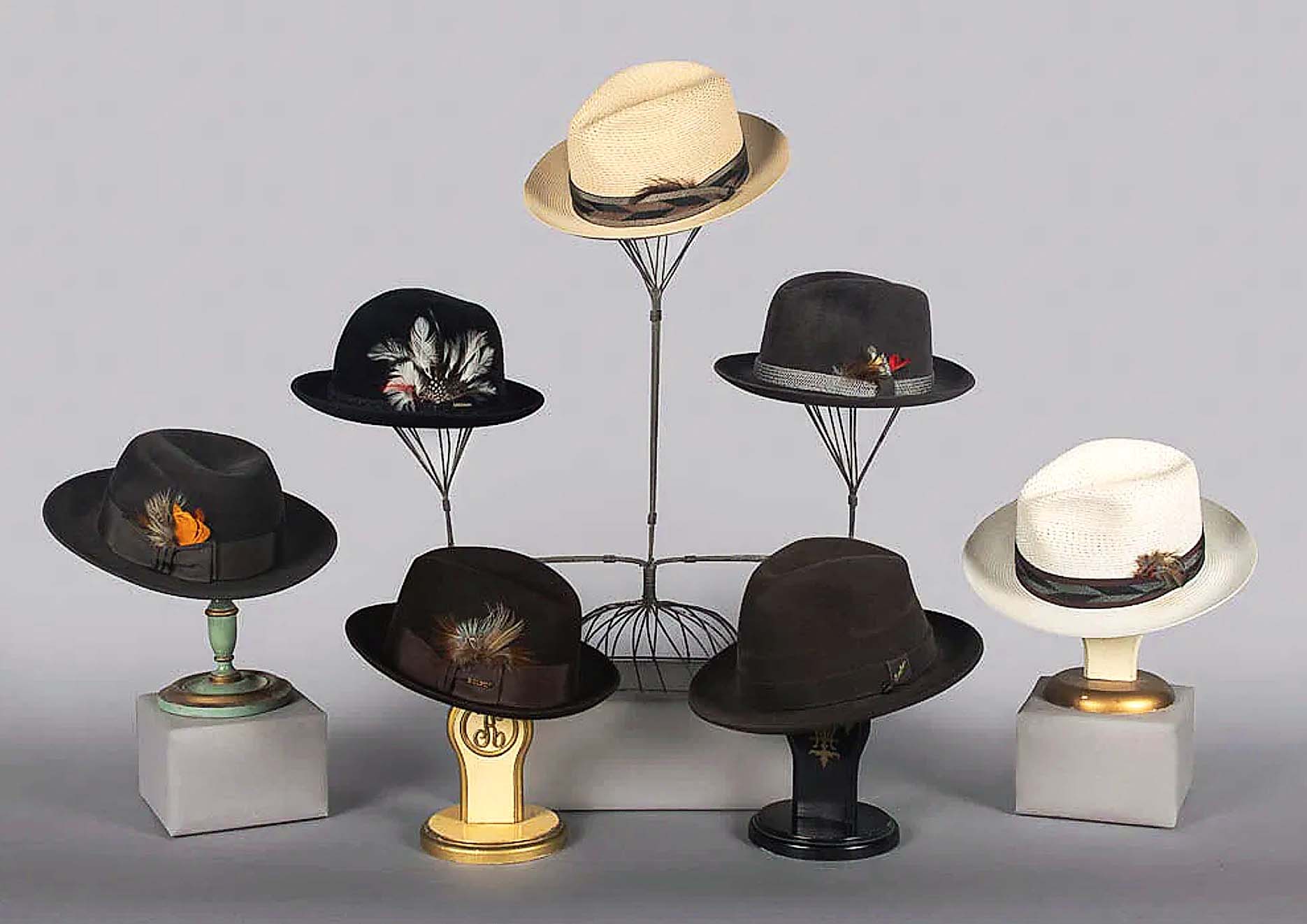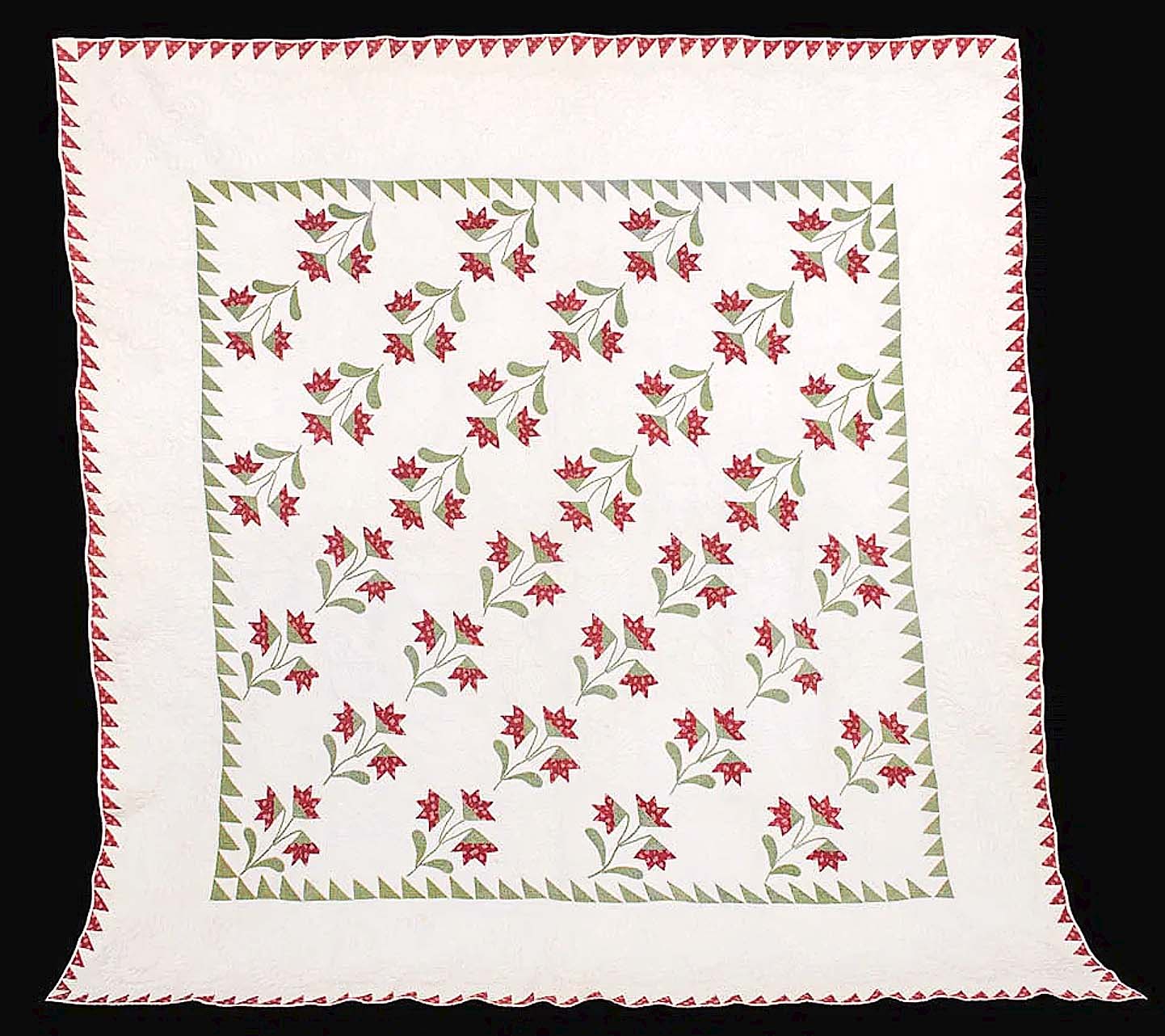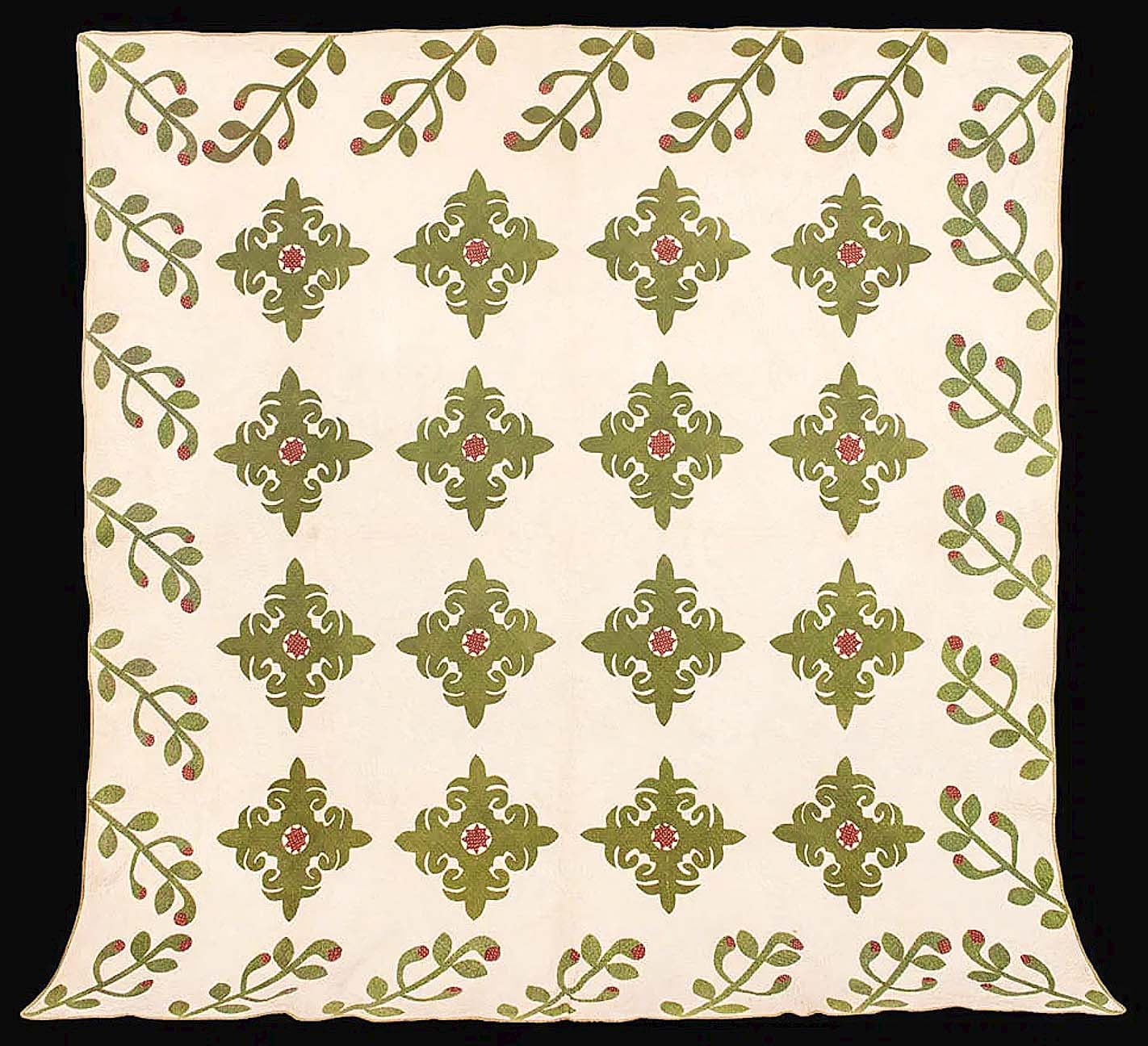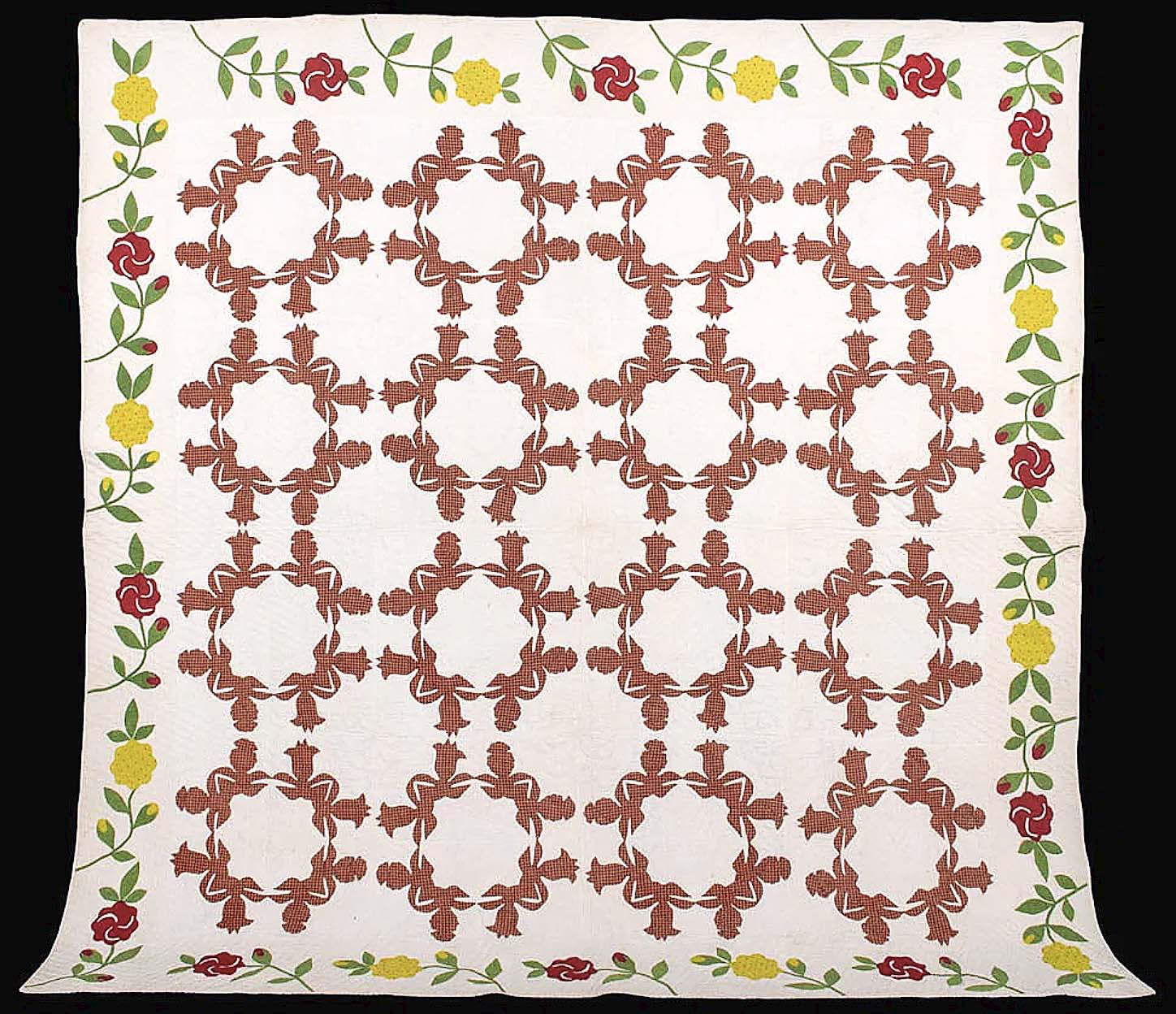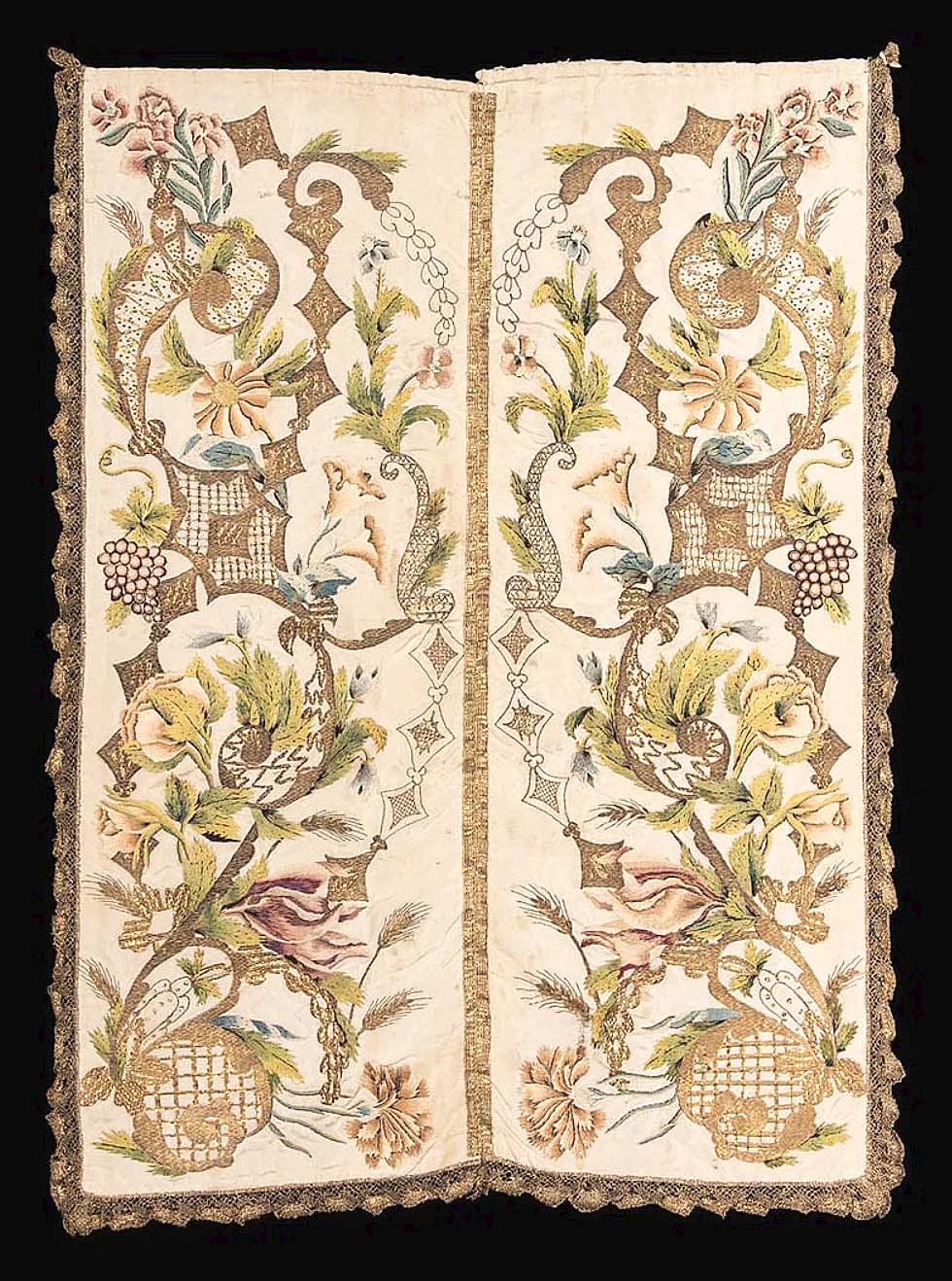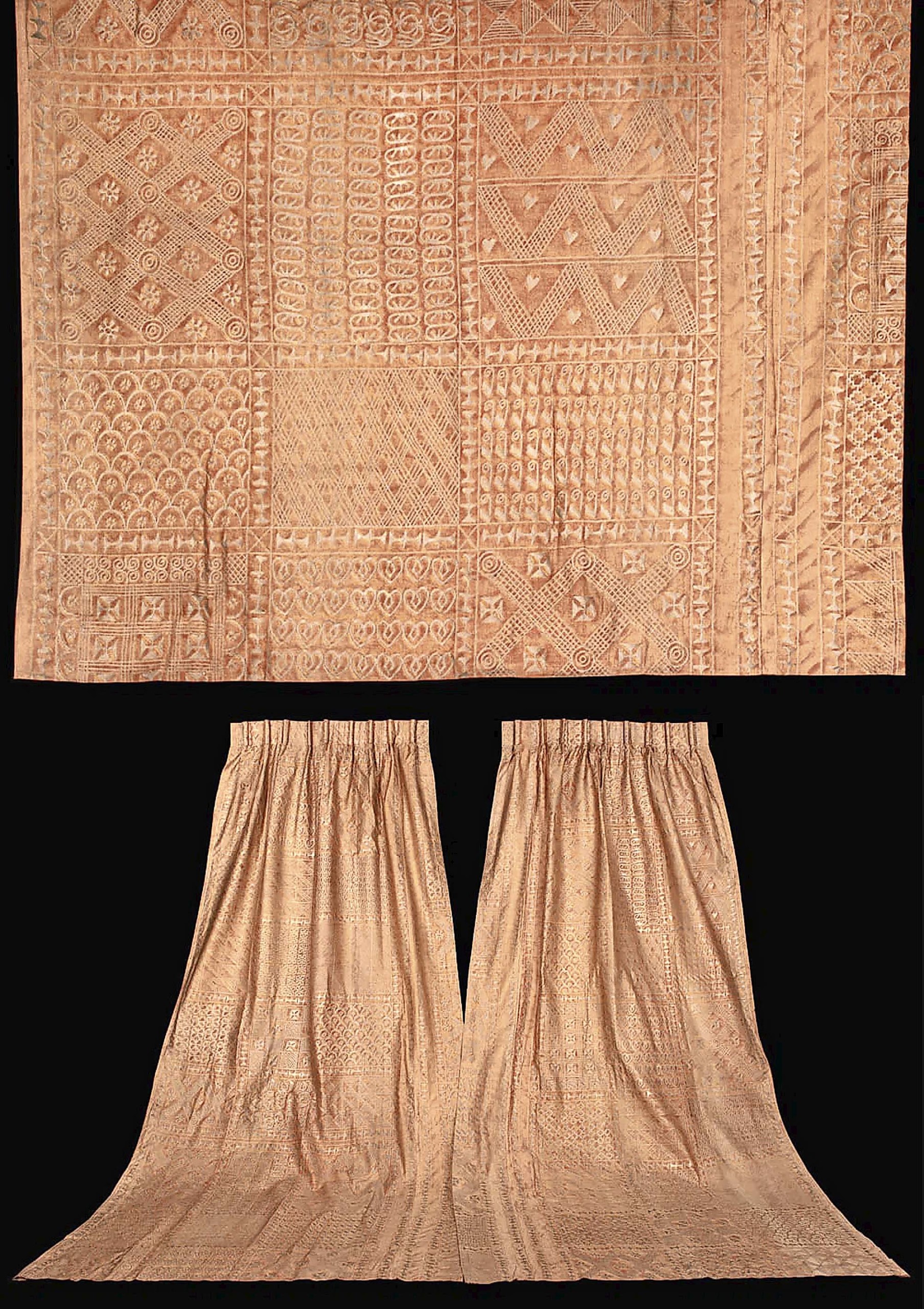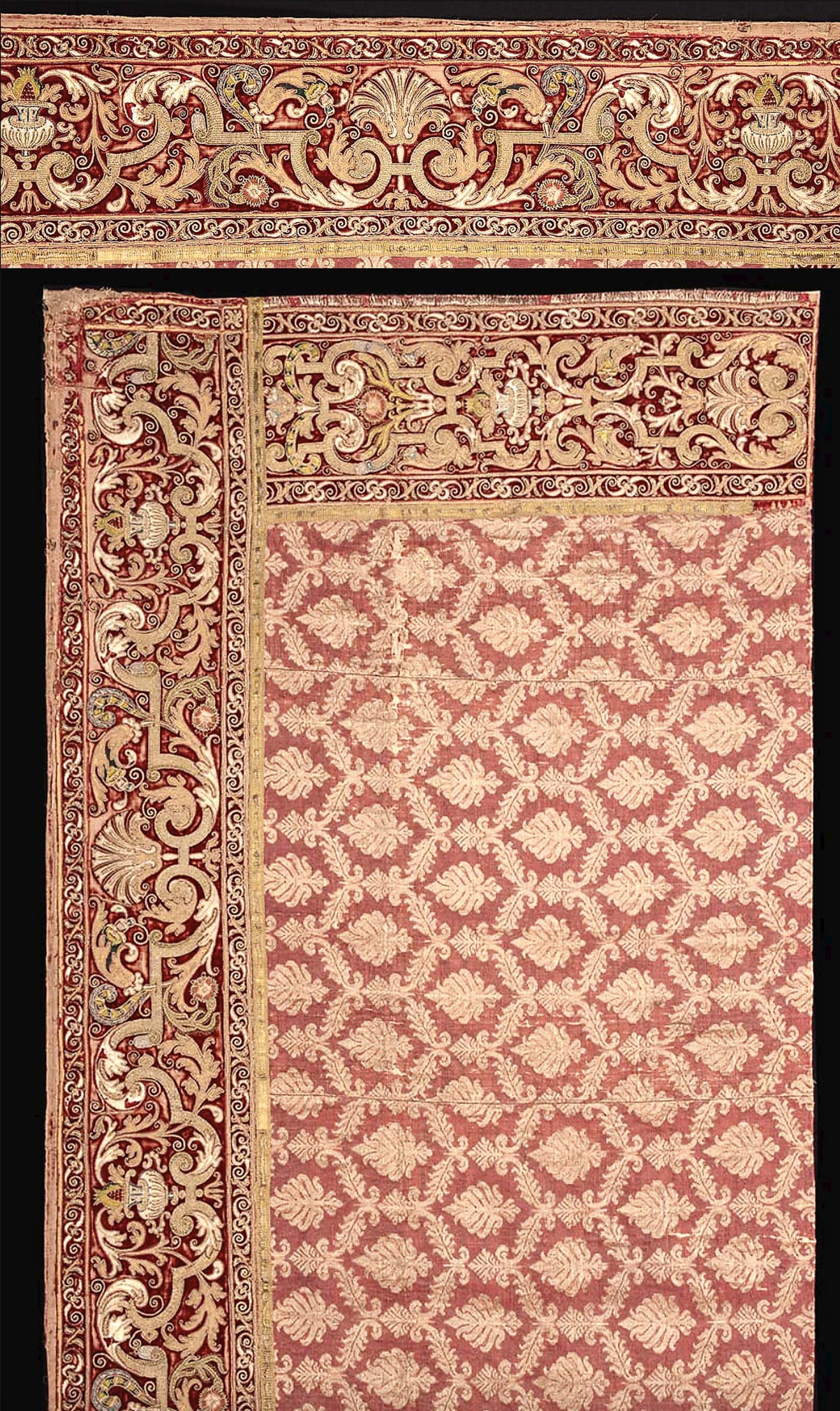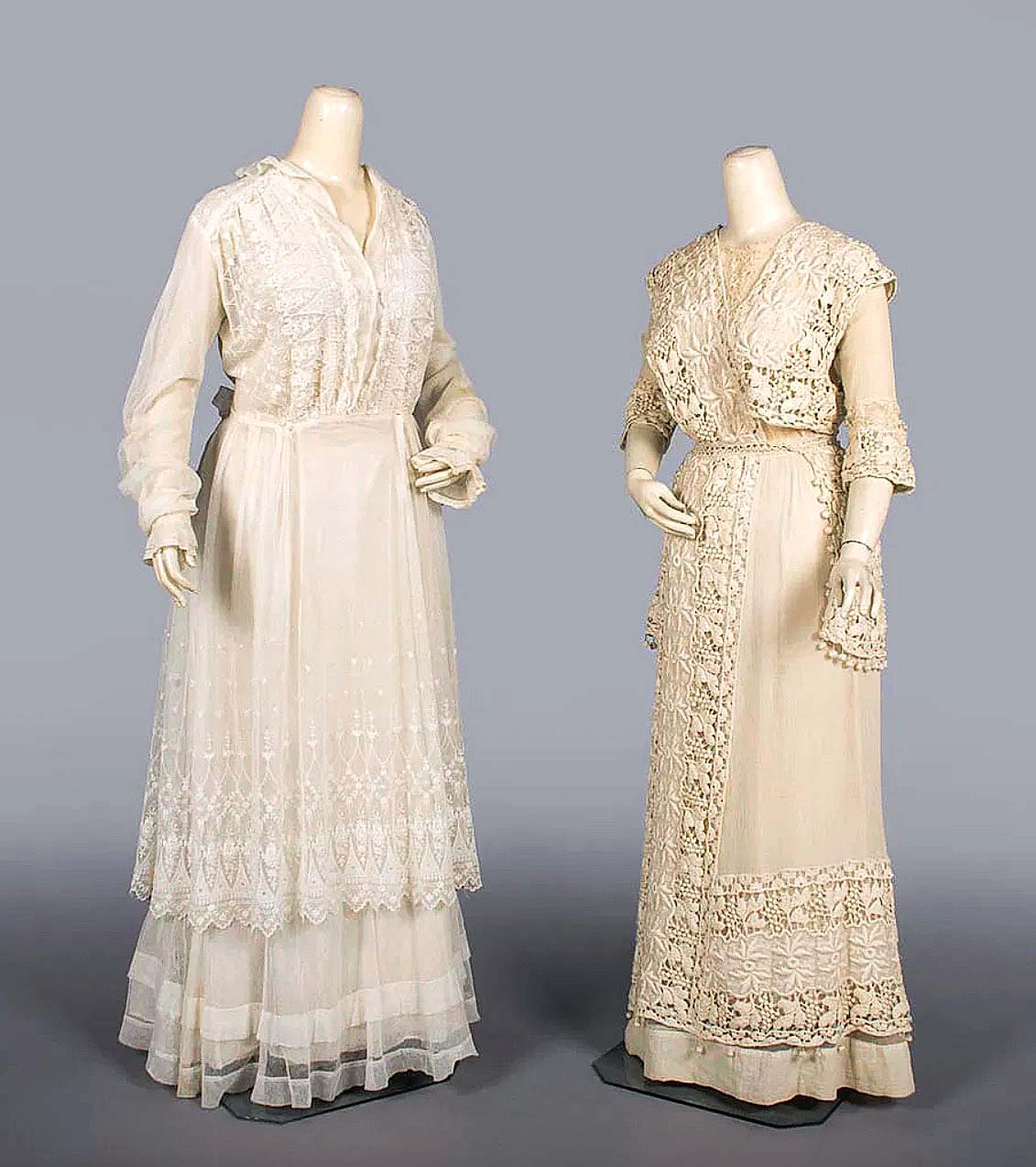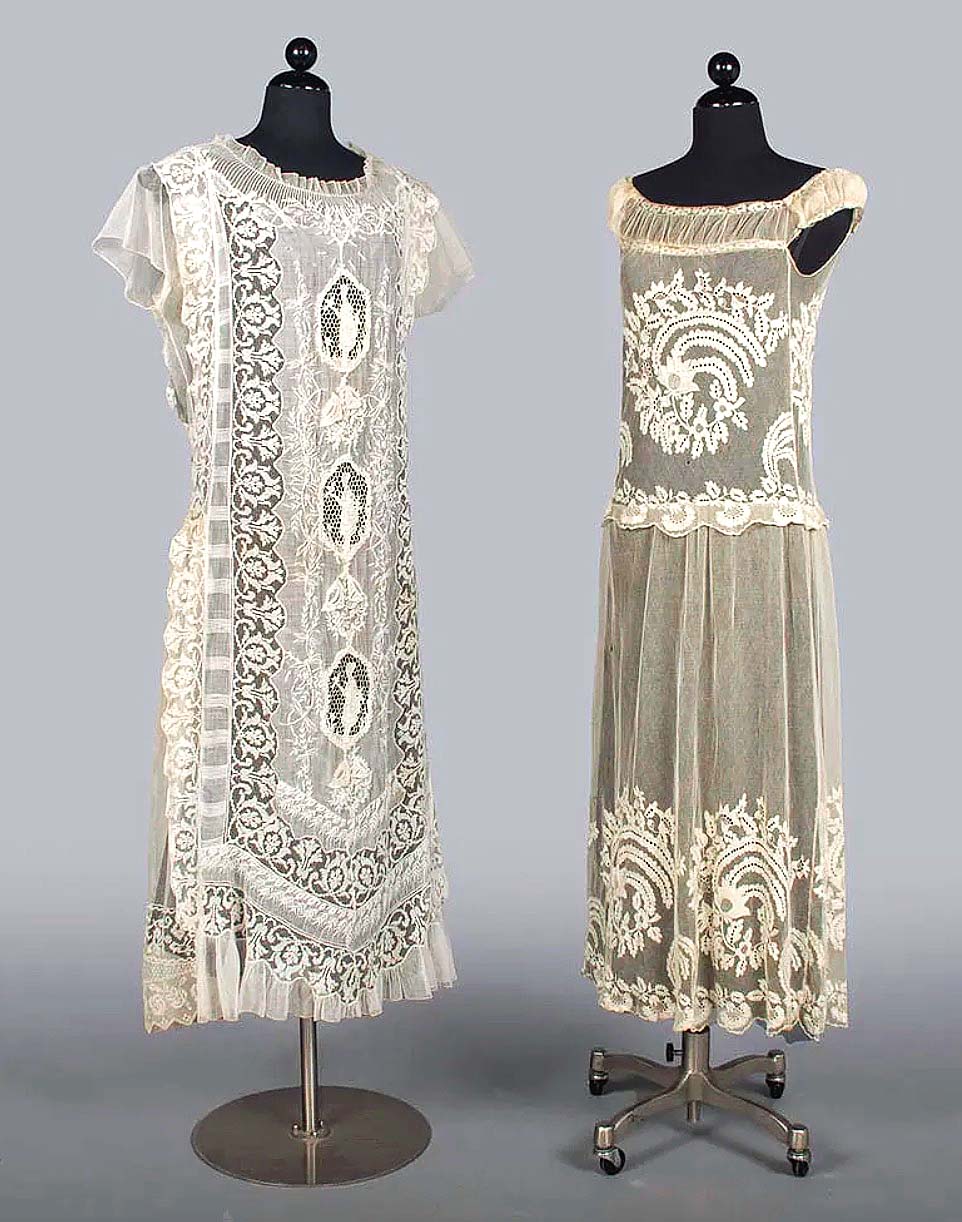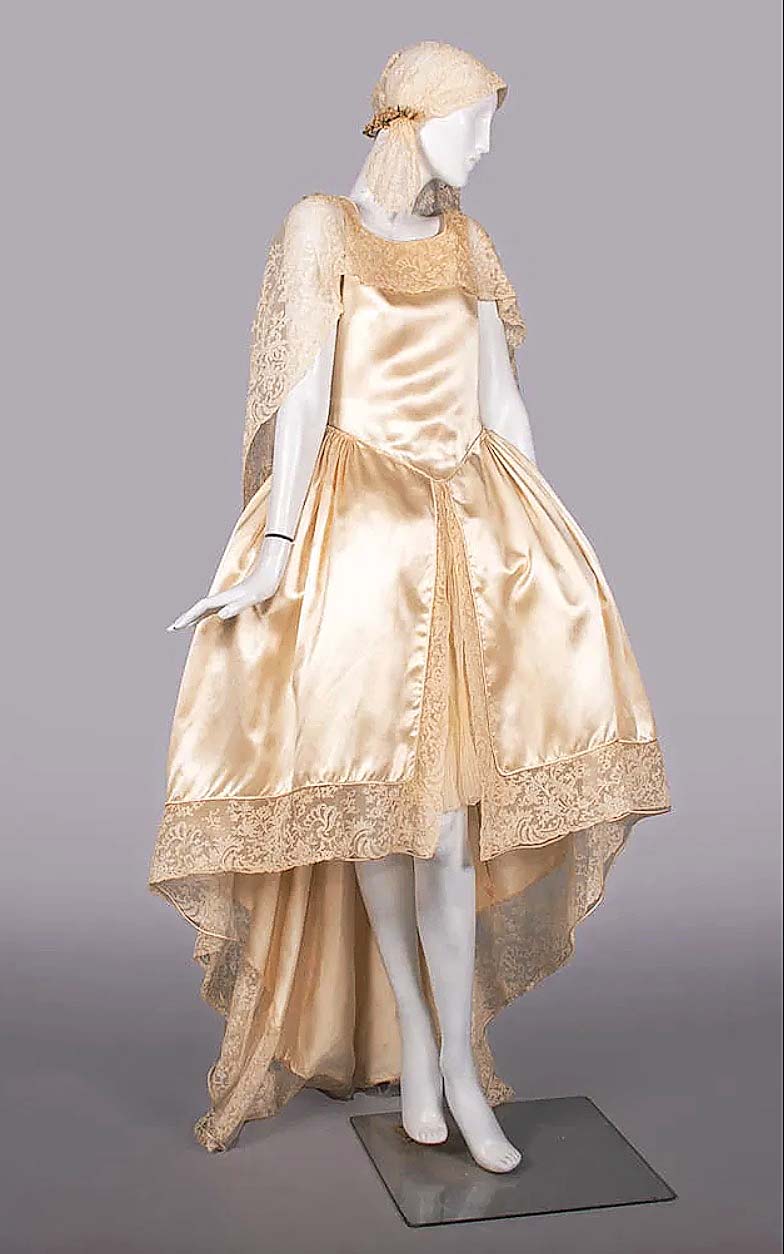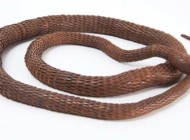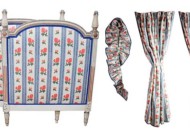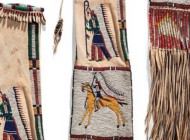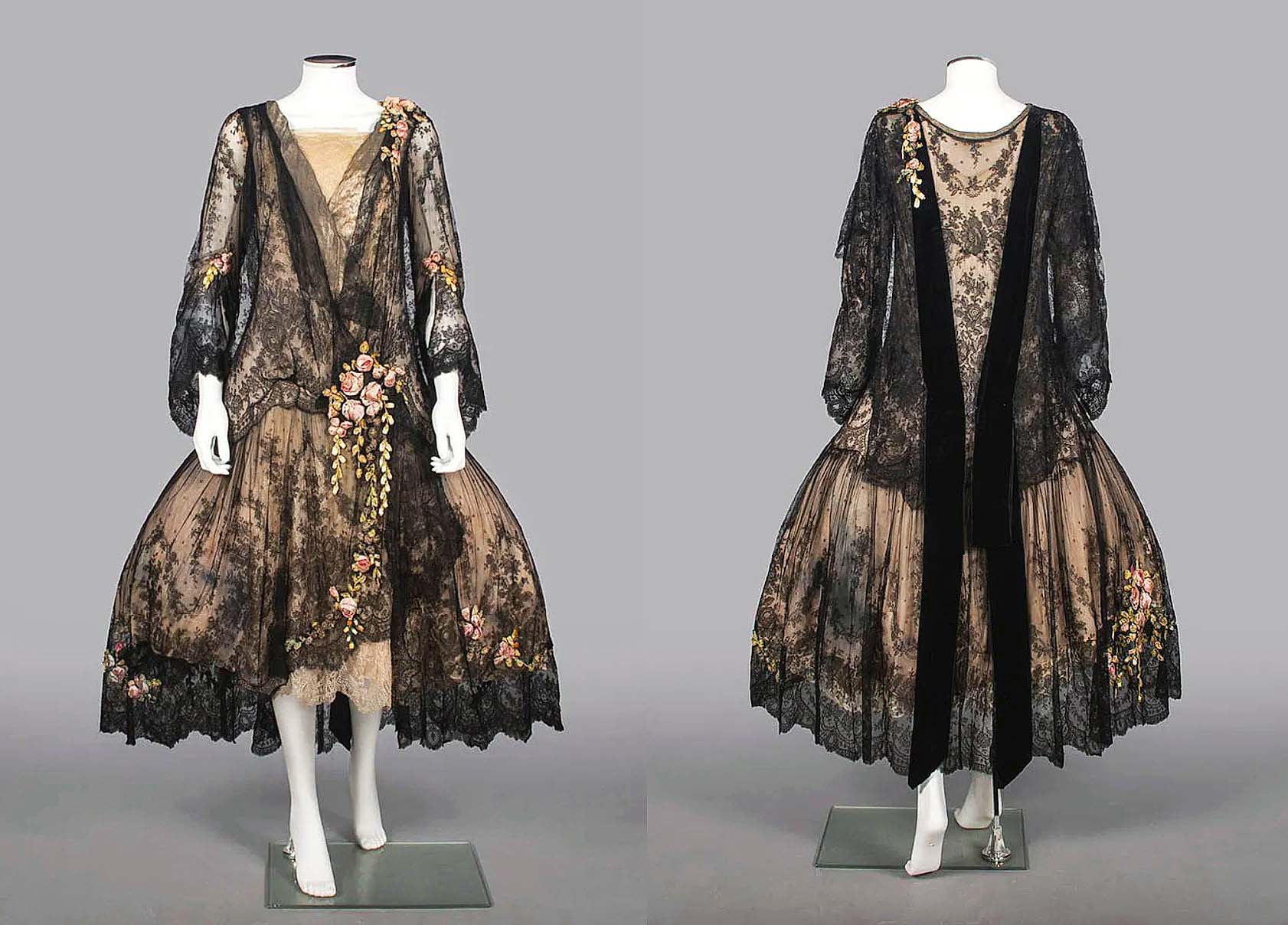
Haute couture was the hottest commodity of this auction, with this circa 1928 evening gown from Boue Soeurs, Paris, reaching $16,875 ($6/12,000).
Review by Z.G. Burnett
BELLOWS FALLS, VT. — The bidders of Augusta Auctions’ Annual Autumnal Elegance sale were ready for the seasonal change, favoring formalwear and antique textiles for the top prices achieved. Silk and lace garments from the late Nineteenth to mid Twentieth Centuries were favored, as were heavily embroidered tapestries and rare quilts. The majority of lots in the latter categories were deaccessioned from the Brooklyn Museum, N.Y., and the International Quilt Museum at the University of Nebraska-Lincoln. The current administration’s economic policies were reflected in an expected decrease of international bidders, Augusta reported. “But the leading lots sold to a variety of well-known collections, institutions and private buyers, both international and domestic,” added a representative. With a 90-percent sell-through rate, the September 24 auction totaled $115,438.
The leading lot by far was a robe de style evening gown from Boué Soeurs, a prominent Parisian couture house, that surpassed its $6/12,000 estimate to finish at $16,875. Founded by sisters Sylvie Boué de Montegut and Baroness Jeanne d’Etreillis and titled with their maiden name, the house operated from 1899 to 1957. This circa 1928 gown exemplified their signature silhouette that was inspired by the structured gowns of the Eighteenth Century, but it was updated with a contemporary, less rigid bodice and a shorter hem lifted by pannier-like underpinnings. Its layered Chantilly lace, silk chiffon and crepe bordered by silver lamé and ribbon buds are also hallmarks of Boué Soeurs. A cream silk and guipure lace wedding gown in a similar style but not attributed to the house also did well, selling for $1,000.
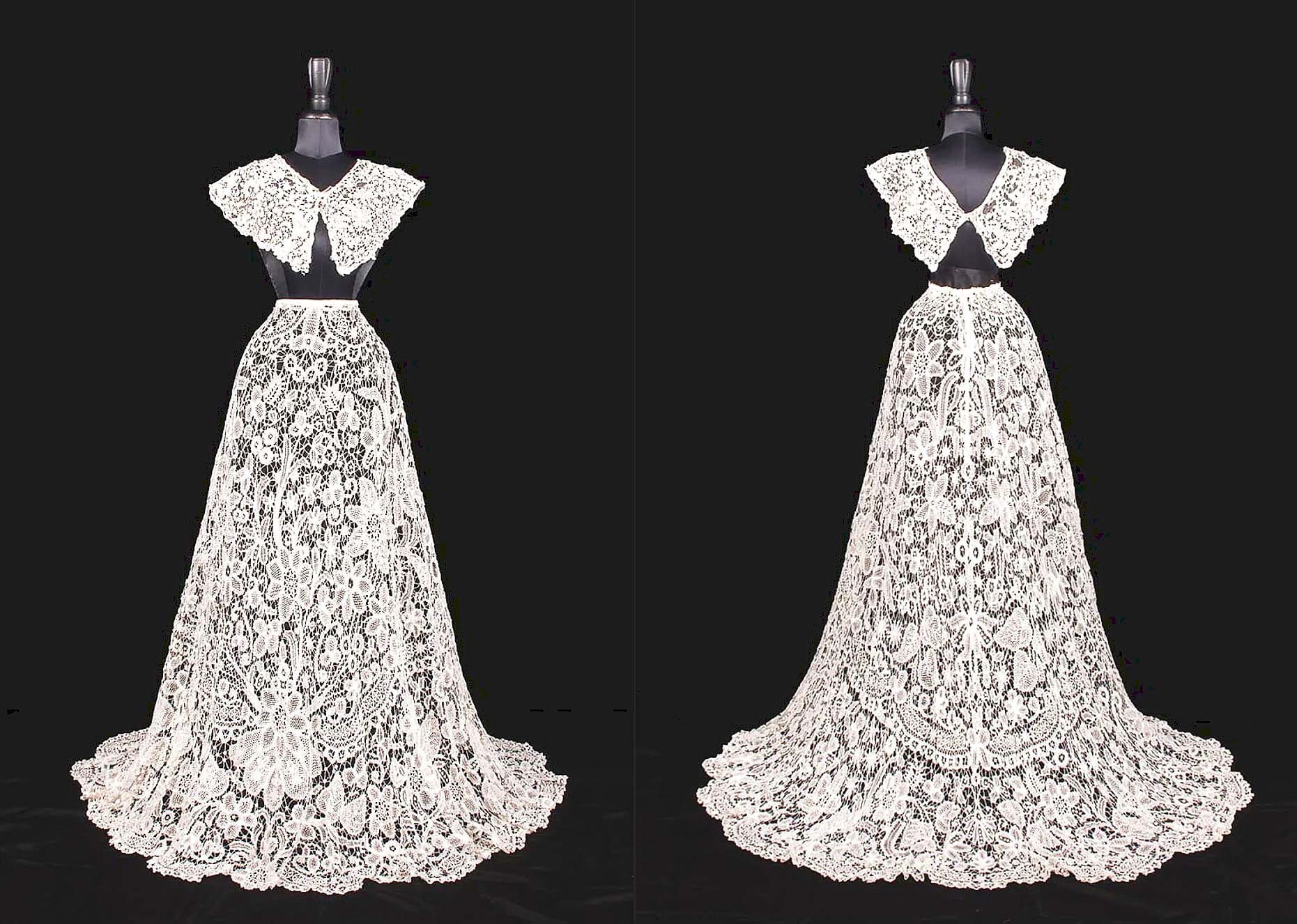
This four-piece (cuffs not pictured) lot of hand-spun bobbin lace was a luxurious example of late Eighteenth or early Nineteenth century layering and was bid to $1,000 ($1,2/1,500).
Lace was a dominant material in the top garment lots. Many of these were created in the first half of the Twentieth Century, though a matching lot consisting of a bobbin lace skirt, collar and cuffs was dated to the late Eighteenth or early Nineteenth century. The set was in fair condition but nonetheless breathtaking with its meticulously spun flower motifs, especially evident in the skirt’s train; it achieved $1,000. Following this in price were two lots of “lingerie” dresses, each with two pieces per lot that collectively dated from 1900 to 1920; both sold for $938. In this instance, a lingerie dress was made from light materials such as cotton and linen for comfort in warm weather.
Antique and vintage textiles were unusually popular among this auction’s high bidders, though with provenance such as the aforementioned institutions, the result was not surprising. Second in the overall sales at $4,125 was a Sixteenth Century antipendium from Florence, made to hang below an altar at one of the city’s cathedrals. This elaborate example from the Brooklyn Museum collection consisted of dark red and gilt metal thread brocade in an ogival leaf pattern with three sides of strapwork applique and embroidery, gold thread gaufrure embroidery, cording and silk embroidery in a flowering scroll motif. These were joined by stylized peacock feather and pomegranate motifs, all trimmed with gilt metal, silk braid and gilt metal fringe.
Two other Italian textiles from the Brooklyn Museum were well received by bidders. A Seventeenth Century embroidered silk tapestry in excellent condition showed petit point bird, floral, foliate and fruit motifs in brown, blue, green and pink tones, with leaves, strap scrolls and even more flowers in gros point; it was bid to $1,250. Two centuries later, an early Eighteenth Century ribbed silk banner showing two loom widths and polychrome silk embroidery, various textured flat metal gilt strips in scrolling floral, fruit and ribbon motifs, and an applied border of gilt metal lace achieved $1,313.
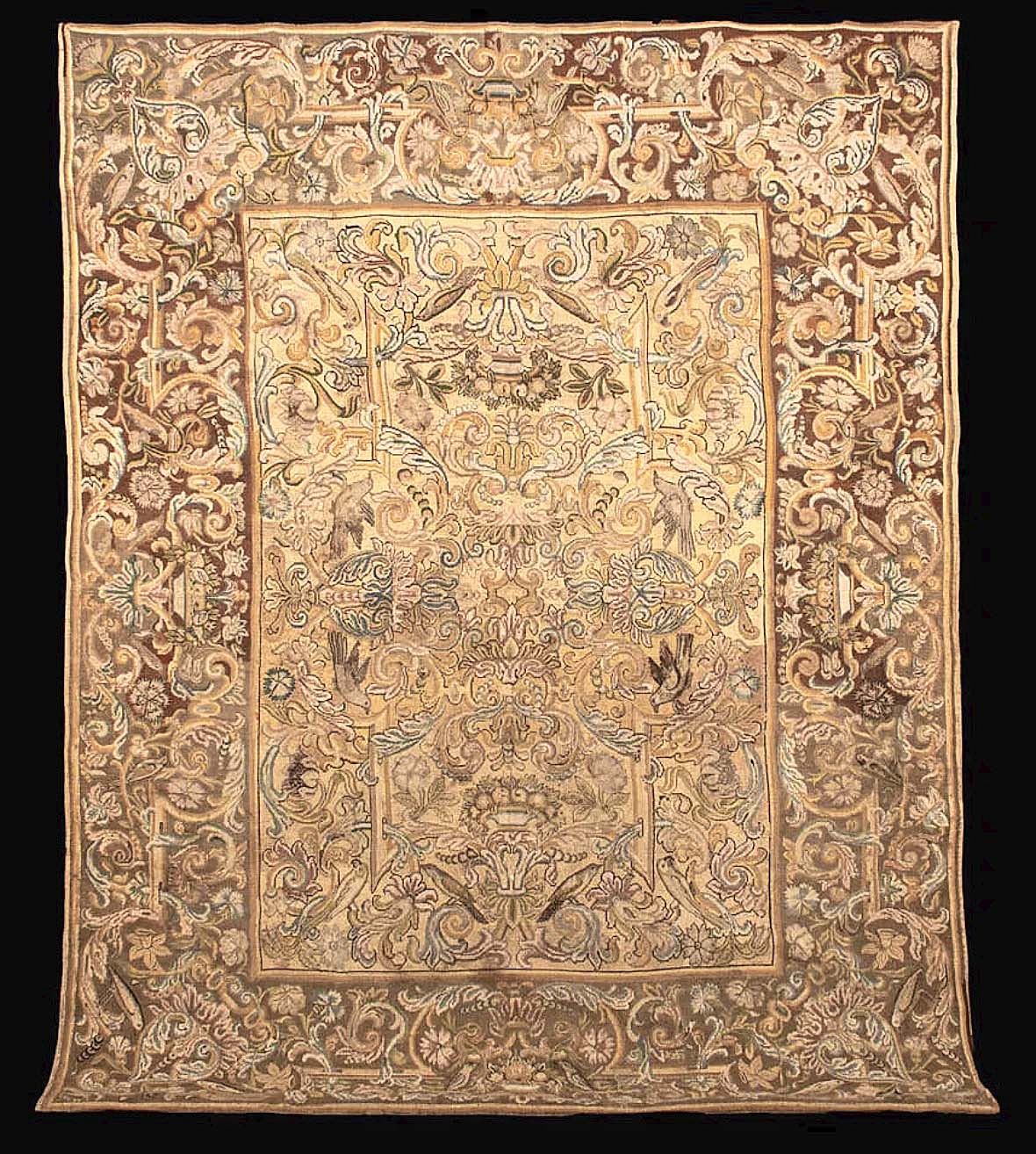
Dated between 1600 and 1620, this Italian silk tapestry was embroidered in both gros and petit point motifs, and was bid to $1,250 ($2/3,000).
American quilts from the Nineteenth Century were also in demand with bidders. The highest price was fetched for a 1850-70 cotton quilt in excellent condition, with applique wreaths and a floral border, at $1,375. Following in price was a second cotton appliqué quilt in good condition from Massachusetts, dated 1840-60, showing trapunto fleur-de-lis and floral basket motifs in calico, which sold for $1,063. Bid to the same price and from the same era was another trapunto and appliqué cotton quilt with floral basket, scrolling foliate motifs and red and green printed tulips. All were recently deaccessioned from the collection of the International Quilt Museum at the University of Nebraska-Lincoln.
Midcentury fashions were represented in the upper lots, but not the party dresses and ready-to-wear normally offered at vintage clothing auctions; first with a collection of men’s hats dated between the 1950s and 1960s that exceeded its $300/500 estimate to finish for $1,313. Each were in very good to excellent condition and displayed some of the decades’ most popular milliners including Stetson, Dobbs, Churchill and Borsalino. Another standout was a group of three rockabilly shirts and one ensemble in the Western style from the 1940s and 1950s that was bid to $1,125. They all showed California brands such as George Lay Co of the San Francisco Shirt Shop and Vaquero Fashions and were in good-to-very-good condition.
Prices quoted with buyer’s premium as reported by the auction house. Augusta Auctions’ winter sale will occur on December 10. For more information, 802-463-3333 or www.augusta-auction.com.

